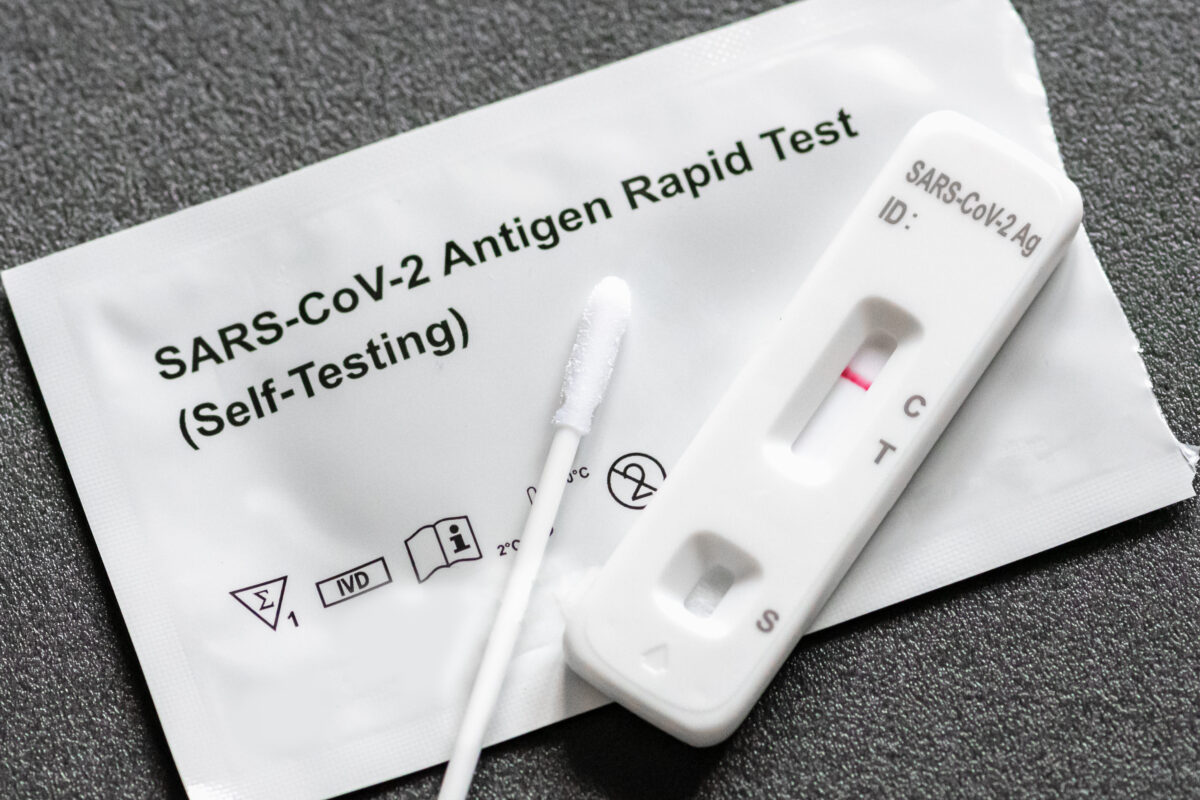
Today we are launching a series of blog posts explaining key terms and phrases used by public health officials in discussions of the COVID-19 pandemic. Our first installment looks at the term “contact tracing.”
You may have heard this term being used over the last few weeks, particularly after the first confirmed case of COVID-19 was identified in Pine Bluff. “Contact tracing” is defined by the World Health Organization as “the process of identifying, assessing, and managing people who have been exposed to a contagious disease to prevent onward transmission.” Historically, contact tracing has been critical in controlling many infectious diseases, including the Ebola virus cases in the U.S. in 2014.
Individuals in close contact with a person with an infectious disease like COVID-19 are at a greater risk of becoming infected themselves and potentially infecting others. Contact tracing is important because identifying individuals who may have been exposed to an infected person can help to prevent further spread.
Contract tracing has three major components:
- Contact identification – Once an individual is confirmed to be infected, it is important to identify any additional people with whom that person came into contact. This may include family members, coworkers, church members, or any other person who may have had direct contact with the infected individual.
- Contact listing – After identifying contacts, it is important to reach out to these individuals to inform them of their contact status and inform them of any important next steps. In the case of COVID-19, it is also important for contacts to self-quarantine to prevent additional spread.
- Contact follow-up – Continued follow-up with contacts is necessary to monitor for symptoms and ensure proper measures are taken to prevent spread of infection.
You can read more about the pandemic on ACHI’s COVID-19 page.






